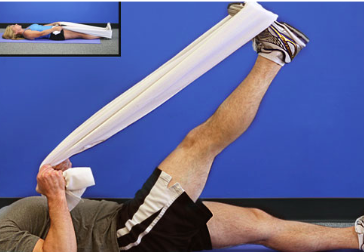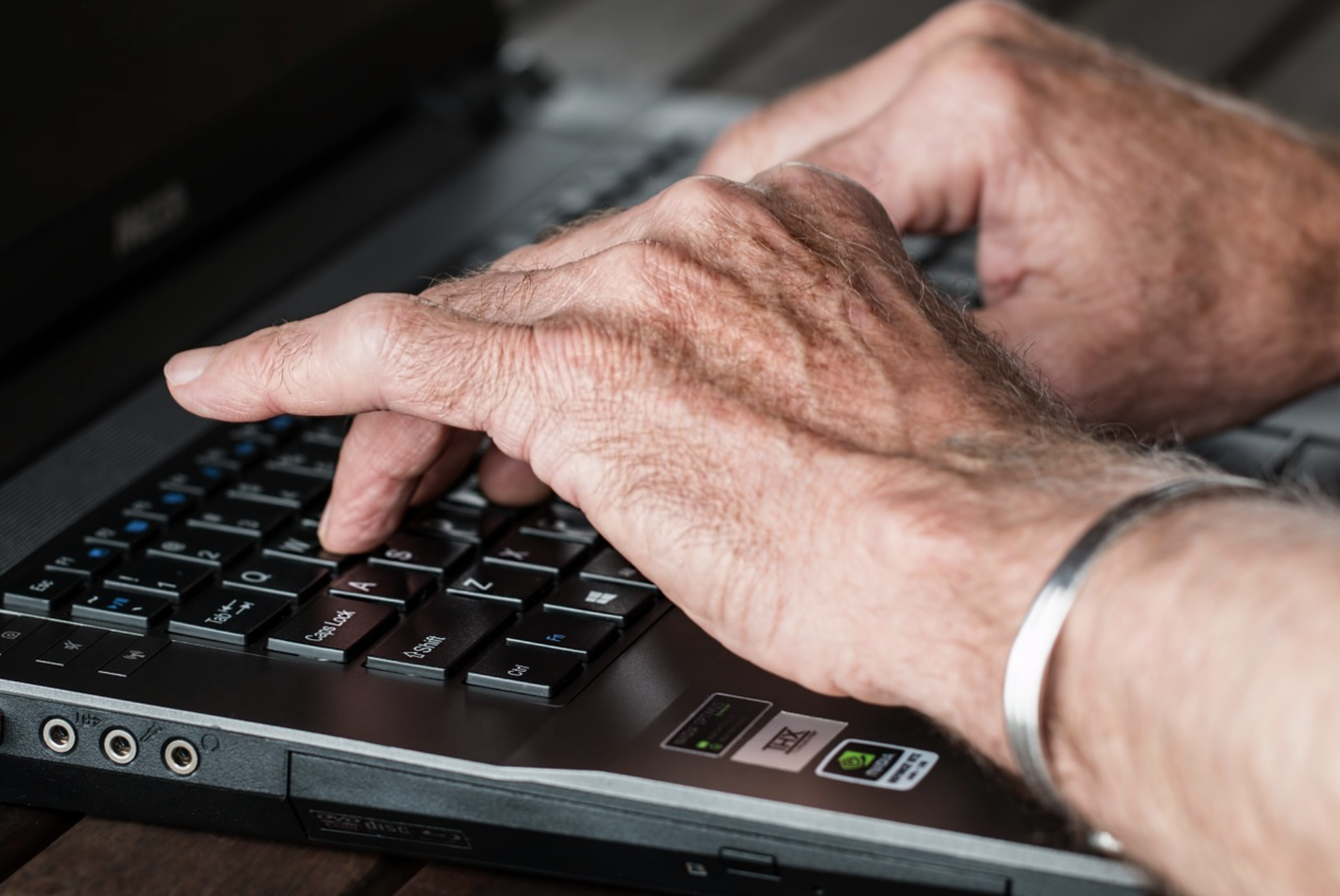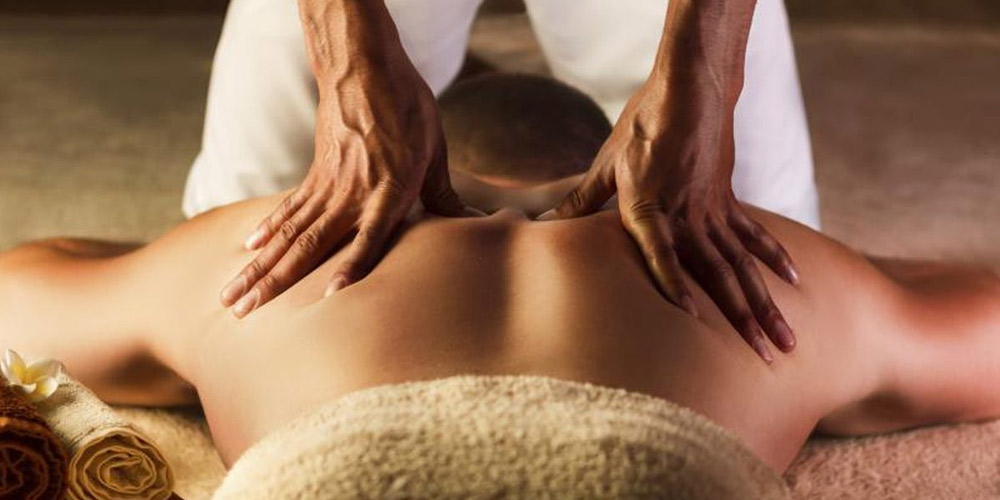Knee Arthritis Exercises
Knee pain can be caused for a plethora of reasons, but one of the key causes is knee arthritis.
This is characterised by pain, swelling and stiffness in the knee joint. This can affect anyone at any age but is seen more in women above the age of 50. You may not be able to cure arthritis but you can improve all of the symptoms. In this blog, we provide you with treatment advice and knee arthritis exercises to do at home.
Treatment of symptoms for knee arthritis:
- Warm up/Cool down before exercises
- Stretching/improving joint range of motion
- Increase muscle strength in all muscles surrounding the joint and lower chain
- Improve functional abilities
- Improve balance
- Stay mobile
- Low impact activities (swimming, biking, hydrotherapy)
Knee Arthritis Exercises:
-
Hamstring stretch
- Use a towel to help pull the straight leg closed;
- 4×20 seconds for each leg
- Use a towel to help pull the straight leg closed;
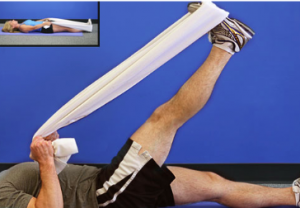
-
Calf stretch
- Hold a chair or on to the wall for balance;
- Press your heel towards the floor whilst bending your opposite knee;
- 4×20 seconds each leg.
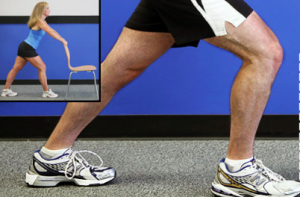
-
Straight Leg Raise
- Raise your leg up and down while contracting your quad;
- Repeat 10 times and hold for 3 seconds.
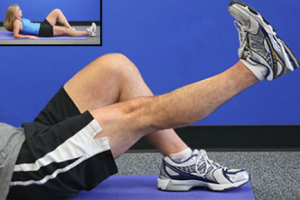
-
Quadricep setting:
- Tighten your thigh and contract your quads;
- Repeat 10 times and hold for 5 seconds.
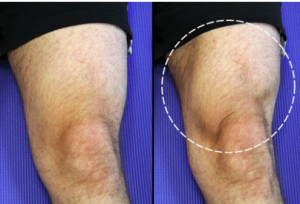
-
Pillow Squeeze:
- Squeeze your knees together squishing the pillow;
- Repeat 10 times and hold for 5 seconds.
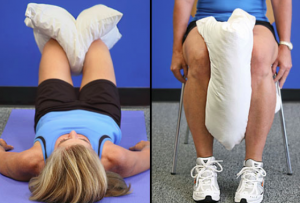
-
Calf Raises:
- Hold the back of a chair and raise your heels off the ground;
- 2×10 reps.
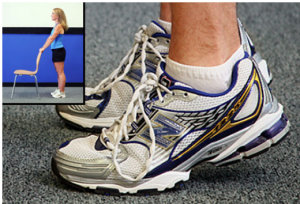
-
Sit to stand:
- Sit down and stand up;
- The lower you go the more difficult it is;
- 1×10 reps.
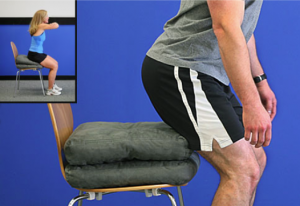
-
One leg balance:
- Hold the back of the chair if needed;
- 2×20 sec holds.
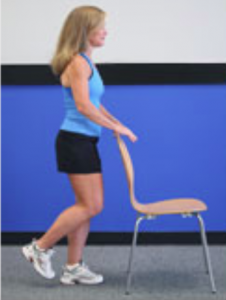
For most of us, exercises at home will help manage the pain, but help from a professional is always beneficial, particularly a knee pain physio. Essentially, someone who knows that joint inside out.
At Total Restore, we offer tailored treatment programmes to make sure that we deliver the fastest possible results and get you back to your best quickly. If you’re based in Manchester, call to book to speak with one of our knee pain specialists on 0161 833 3008.

